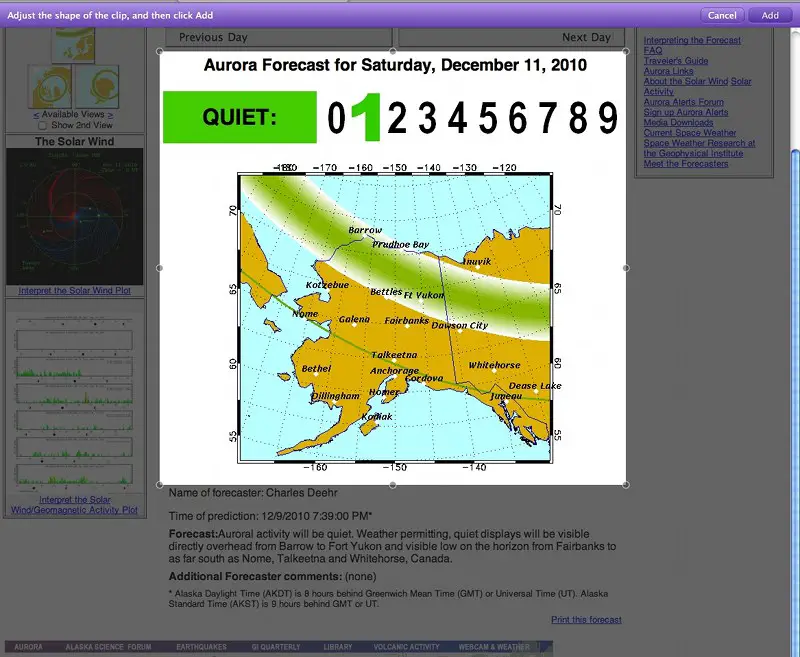

- Macbook widgets missing plug in dashboard install#
- Macbook widgets missing plug in dashboard trial#
- Macbook widgets missing plug in dashboard plus#
- Macbook widgets missing plug in dashboard series#
Interval type: which can be used to perform aggregation dynamically on the queries like CPU and memory usage, so the last 1m, 5m, 10m can be seen by using variables without additional panels.Query type: where values such as instance names, and server hosts can be fetched.Data source type: which can be used to dynamically change data source in the panels.Variables can be different types, such as: Let’s add a variable for VM names so that we can select metrics for different VMs. These variables are used in the data source query to support changes in metrics in the dashboard. For example, if you are receiving metrics from multiple machines then variables can be used to create drop-downs to select one machine’s metrics. They can be used to select different instances of metrics. Variables are a way to create dynamic Grafana dashboards. We will add new panels and add them to the Overview row.

We will add basic metrics like memory, CPU, network usage etc. We will talk about variables in the next section.Ĭlick on the + icon (the first icon on the top right) and click on “convert to row”.Īfter the new row is added click on the row’s settings icon, it should open an edit pop-up. A row can be created dynamically by using variables.
Macbook widgets missing plug in dashboard plus#
Go to the plus icon on the left side of the homepage and create a dashboard with the name “Nodes Metrics”.Ī row is a logical divider within a dashboard which can be used to group panels together.
Macbook widgets missing plug in dashboard trial#
Try out our MetricFire free trial or book a demo and talk to us direction about your monitoring needs.Ī dashboard is a group of widgets but it also provides a lot more features like folders, variables (for changing visualizations throughout widgets), time ranges and auto refresh of widgets. Now that we have a data source set up, let’s visualize a VM’s metrics. The server option is recommended for secure access so as to not expose credentials to all the users. The browser option means that requests to the data source will be sent to the data source directly. The server option means that any request to a data source will be sent to the Grafana backend server, and the backend will send the request to the data source. It should show Data source is working if Grafana successfully connects to Prometheus.Īn important detail to note is the “access mode drop down”, which has two options: server and browser.

Go to configuration → data sources and click on “Add data source”.Īdd Prometheus and fill out the url, authentication, scrape interval and name of the data source. Now let’s add Prometheus as the data source in Grafana.
Macbook widgets missing plug in dashboard series#
For example, Prometheus exposes PromQL for time series data, and MySQL data source exposes SQL query language. All of these data sources expose their own query languages. Grafana supports different storage backends which provides a variety of ways to query and visualize the data. Now that we have everything up and running let’s add Prometheus as a data source and create a dashboard. Refer to our previous post for installing Grafana. By default Prometheus is configured to get metrics from Node-Exporter.
Macbook widgets missing plug in dashboard install#
This will install both Prometheus and Node-Exporter and run them as a systemd service. sudo apt-get install prometheus prometheus-node-exporter Installing Prometheus and Node-Exporter on Debian based systems. You can set up your own Grafana dashboards right in our platform, and apply what you learn from this article. If you want to follow along with your own setup, we suggest logging into MetricFire's free trial. We will use Prometheus as the data source and node-exporter to export metrics from a VM to Grafana. To start, we will need a metrics source from which we will add metrics to Grafana for visualization. We will create a Grafana dashboard for a VM’s most important metrics, learn to create advanced dashboards with filters for multiple instance metrics, import and export dashboards, learn to refresh intervals in dashboards and learn about plugins. In this post, we will deep dive into Grafana dashboards.

Grafana is one of the most popular dashboarding and visualization tools for metrics. Grafana Dashboards are an important part of infrastructure and application instrumentation.


 0 kommentar(er)
0 kommentar(er)
